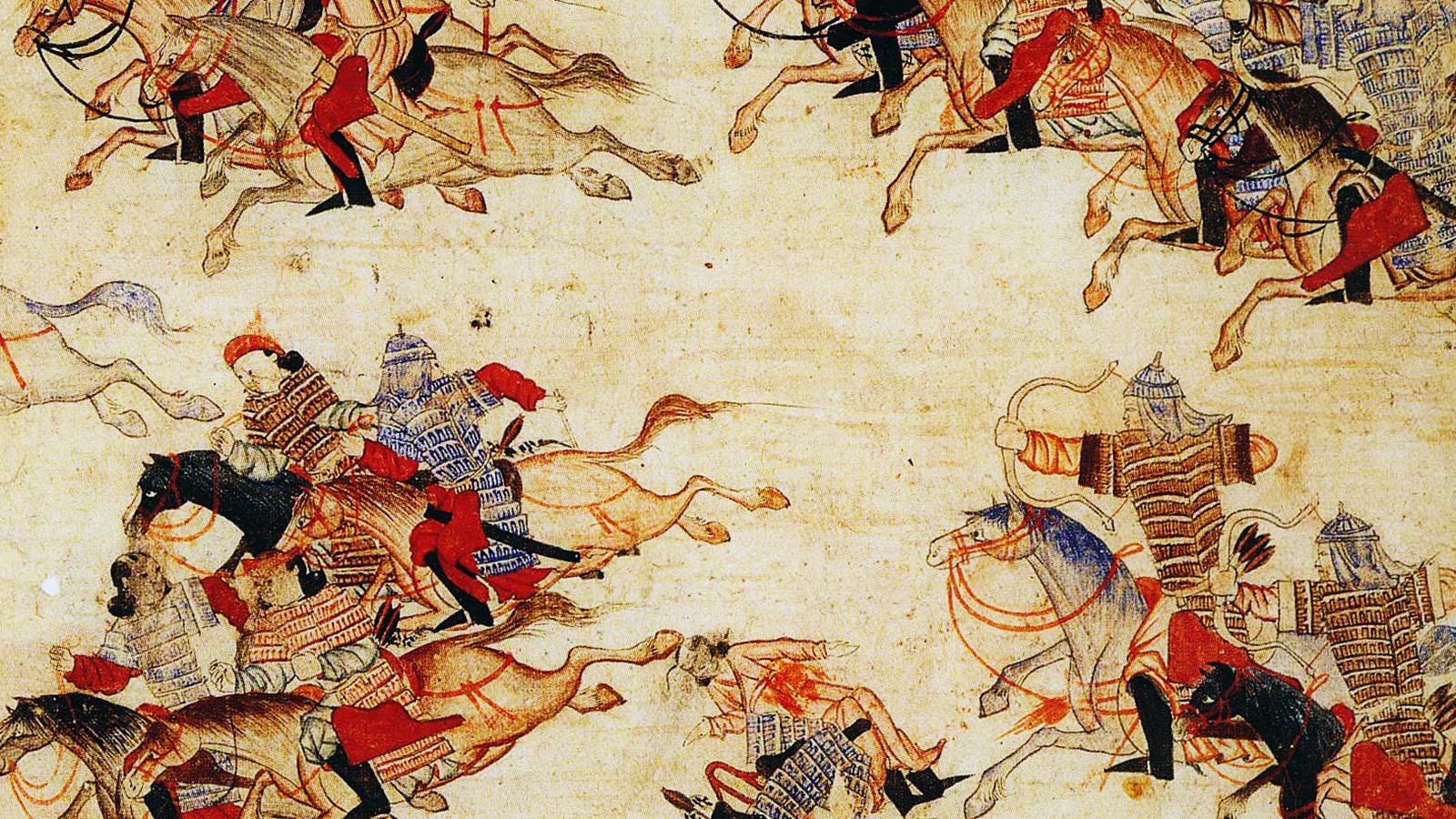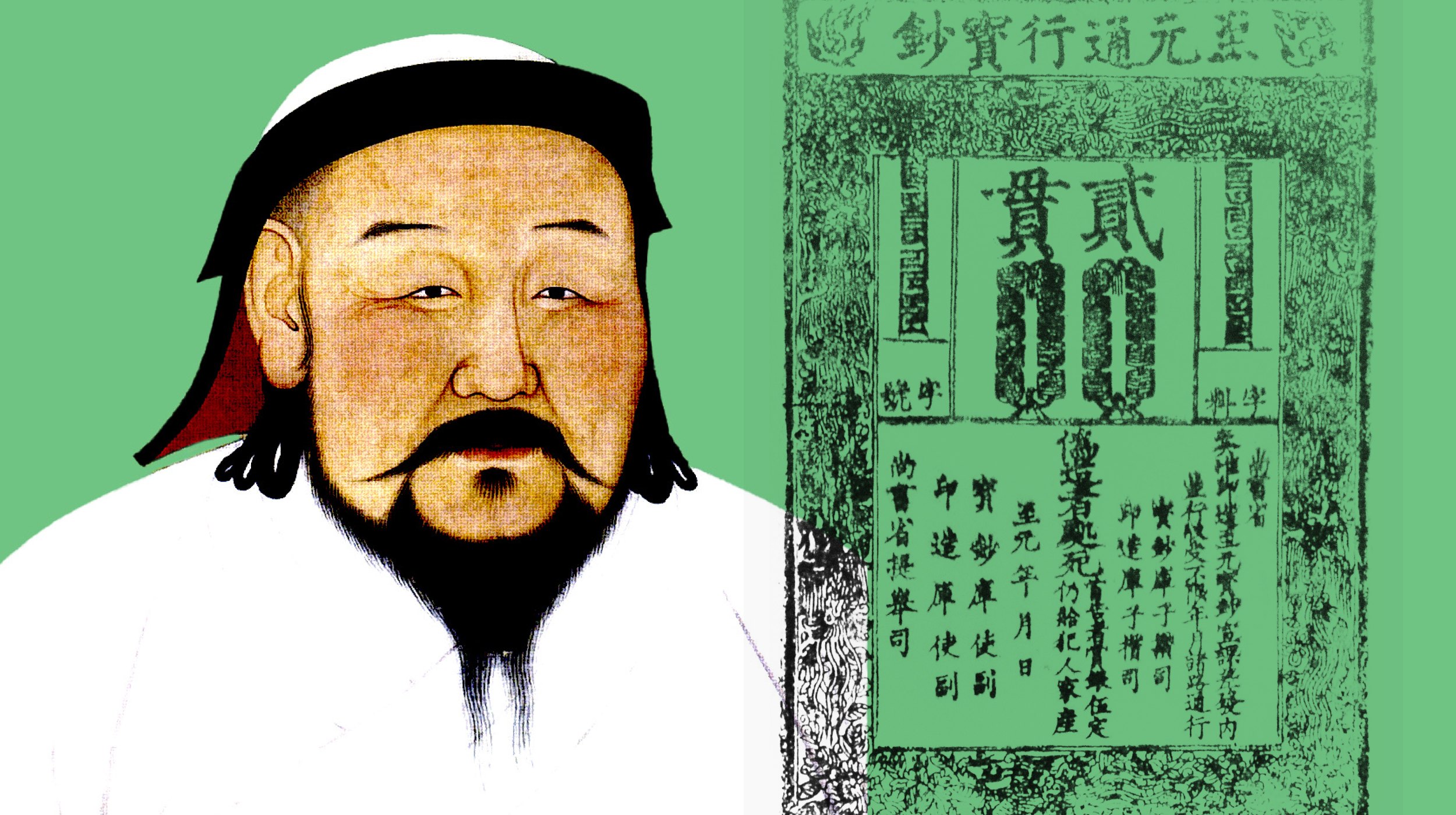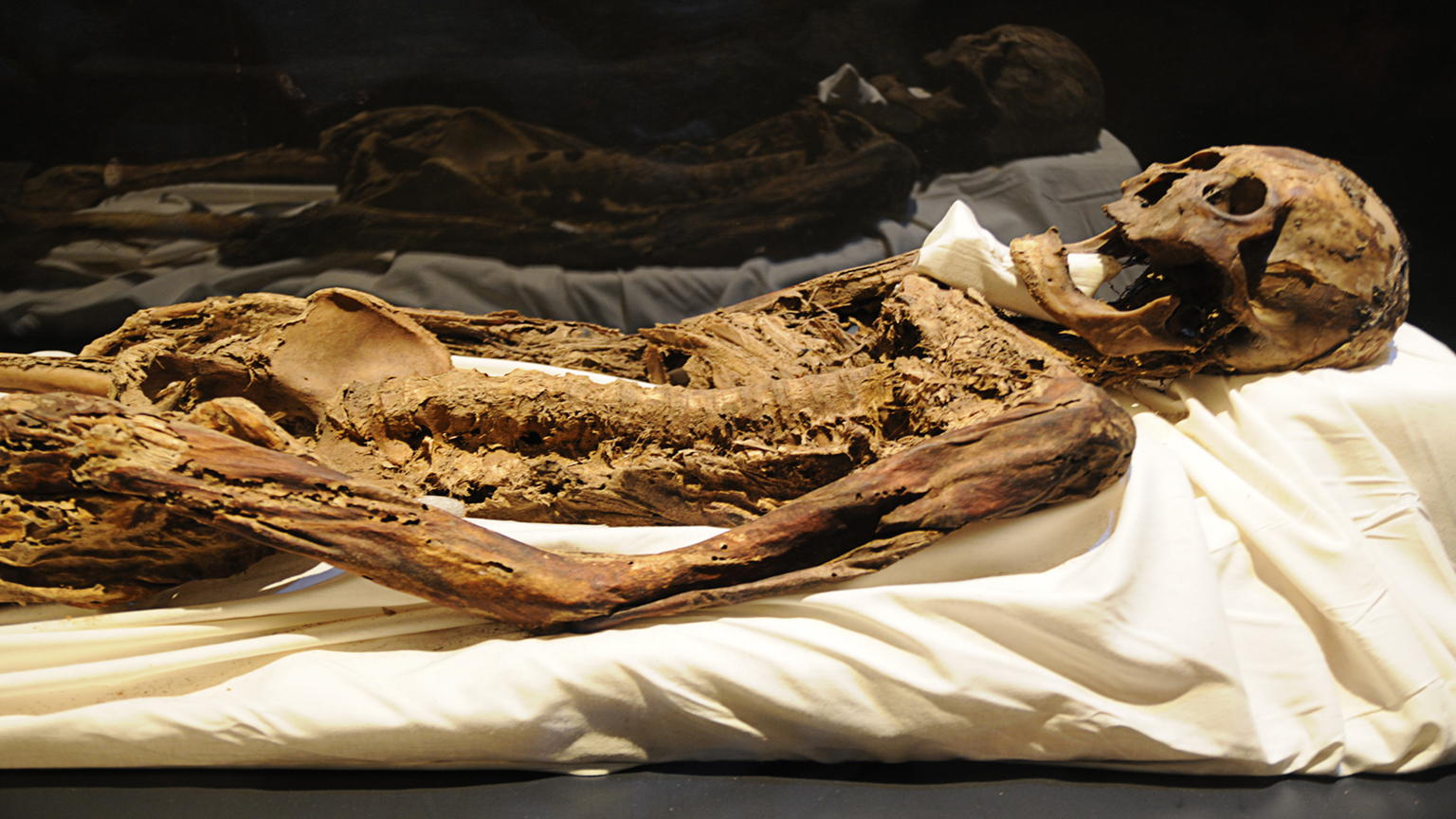“Devil’s horsemen”: Why Mongol horse archers were history’s most feared
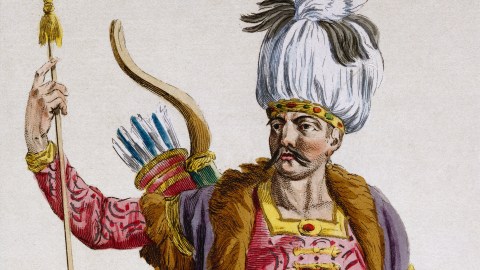
- Mongol cavalry archers could shoot farther and with greater strength than their opponents.
- The secret lay in the design of their composite bow and their penchant for mounted combat.
- Ultimately, though, archers were just one part of the Mongol army’s arsenal.
During the Battle of Köyiten in 1201, the great Genghis Khan was knocked off his horse after being shot by an arrow. Whether the arrow hit him or his mount isn’t clear. But what is clear is that after the battle was won, the Khan asked his newly shackled prisoners to produce the soldier who had managed to hit him. This soldier, known as Jebe, expected death. Instead, he was named one of the Khan’s commanding officers.
Genghis Khan had every reason to promote Jebe. His two talents, riding and sharpshooting, were the cornerstones of the Mongol army. Mounted on horseback and armed with special composite bows, the Khan’s cavalry — which according to some estimates comprised up to 40% of his total forces — inspired fear wherever they rode, paving the way for Mongol conquest and occupation of China, Central Asia, and, ultimately, even Eastern Europe. But what about these “horsemen from hell,” as author James Chambers described them, made this unit so lethally effective and feared?
Born to ride
Militaries have used horses in battle for at least two millennia. But no other people combined the strategic advantages of these animals with archery quite like the Mongols. As Dan Carlin put it in his Hardcore History podcast, the Mongols were like the Harlem Globetrotters of horse archers, reportedly able to execute shots and maneuvers on horseback at a level of skill far beyond that of the militaries they battled. Horses, after all, were integral to the culture of this nomadic steppe people.
Archeological evidence suggests horse domestication in Mongolia began around 1400 BC, and to this day the animal occupies a central place in the country’s culture. “To appreciate the Mongol you must see him on horseback,” author Elizabeth Kendall wrote in 1911, “and indeed you rarely see him otherwise, for he does not put foot to the ground if he can help it. The Mongol without his pony is only half a Mongol, but with his pony, he is as good as two men.”
If archery is the first leg of Mongol cavalry, horsemanship would be the second. Children living under Genghis Khan learned to ride in much the same way they do today, starting between 3 and 5 years old and entering their first races between 6 and 12. Their extensive experience — horses remain the preferred mode of transportation outside of the capital city of Ulaanbaatar — explains why Mongols are widely regarded as the finest riders in the world.

And let’s not forget about the horses themselves, which genetically are thought to have changed little since the days of the Khans. Contrary to popular belief, their military advantage lay not in their speed but in their endurance. Compared to their foreign counterparts, Mongol breeds required little water or grain and could forage for food beneath the snow — an ability that greatly helped the Mongol army during their wars with Russia.
The secrets of Mongol archery
As stated in The Secret History of the Mongols, the oldest surviving text in the Mongolian language, Mongol archers used many different types of arrows. They had long-range arrows and short-range ones. Sounding arrows were used for signaling, fork-tipped ones inflicted more damage. Japanese sources say the Mongols dipped their arrowheads in poison before firing them, but this claim has been disputed by historians. (For what it’s worth, Genghis Khan’s father is said to have died from poisoning.)
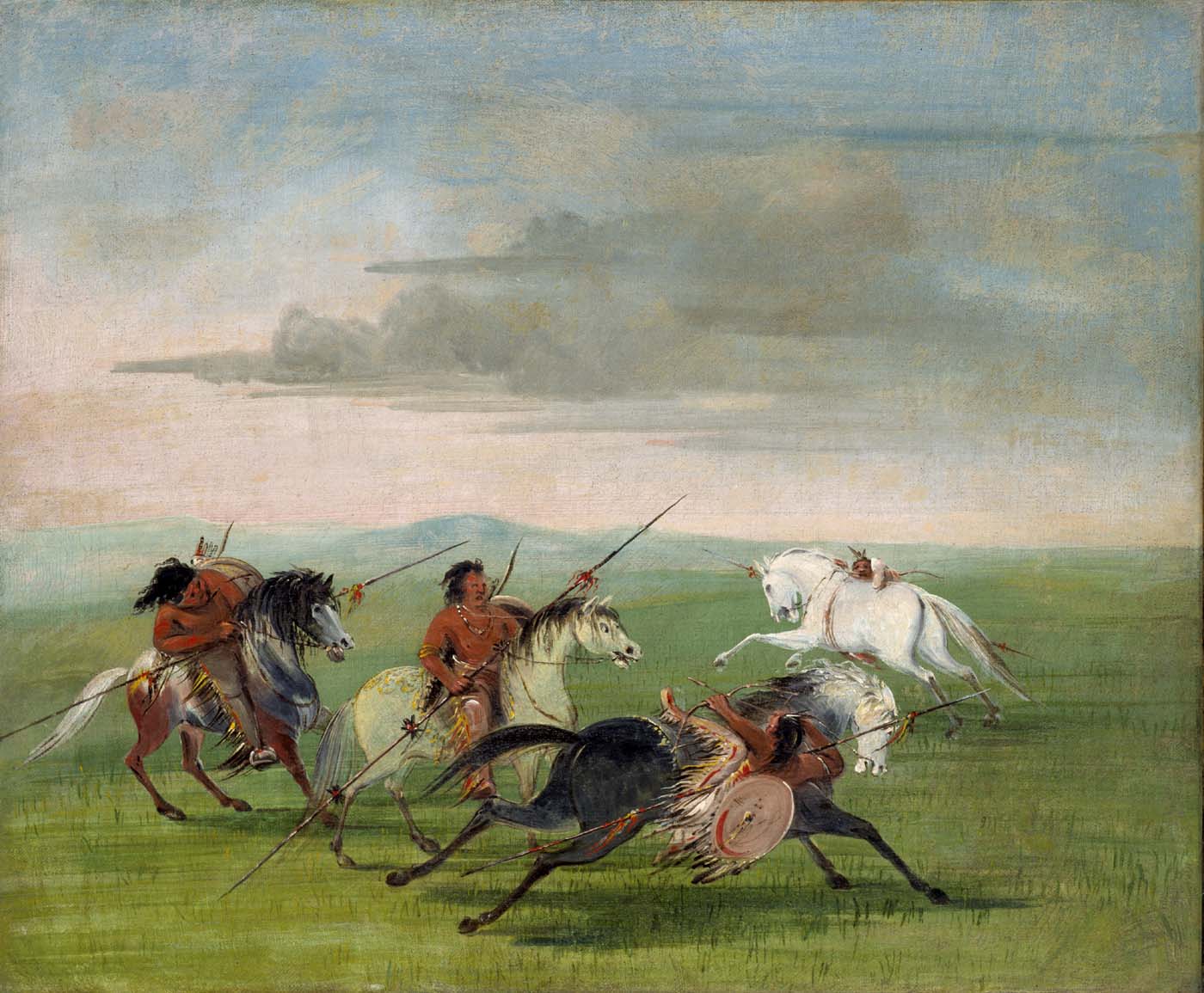
The Secret History of the Mongols contains many stories that attest to the ferocity of Mongol archers, including the tale of Jebe’s recruitment into Genghis Khan’s inner circle. Jochi Khasar, the Khan’s brother, was known far and wide for his ability to hit his targets from more than nine hundred alda, a traditional Mongolian unit of measurement equal to the distance between the tips of the middle fingers of two outstretched arms.
In Mongol history, fact and fiction can be difficult to separate. One extraordinary claim says that Mongol archers were able to lean down the side of their horses and fire arrows, stabilizing their bows by pressing them against the horse’s neck, giving them greater range and a defensive position. Although there is no direct evidence for this practice, it’s worth noting that the same technique has been ascribed to the Comanche tribe of North America, and has even been depicted in an 1834-1835 painting by the artist George Catlin.
Mongol horse archers were also said to employ a special technique known as the Parthian shot. Popularized and possibly invented by the Parthians — nomads from northeastern Iran that founded the ancient kingdom of Parthia, a longtime foe of Rome — the shot involves mounted archers fleeing from their enemies in full gallop, only to take them by surprise when they themselves turn around and fire their bows.
Composite versus longbows
The destructive potential of talented archers like Jochi was enhanced by the quality of their bows. The Mongols used composite bows, whose recurved shape allowed them to exert a greater force on their shots than the typical, uncurved longbow. Whereas English longbows from the same period had a range of 250 yards, Mongol composite bows could allegedly hit targets from 350 yards away, giving them a competitive edge on just about every battlefield.
Because composite bows are smaller than longbows, they could be used on horseback. Skilled Mongol riders were able to control their horses with their knees, freeing up their arms to aim and fire. Saddles and stirrups made from wood and iron helped stabilize the archer, allowing them to shoot with accuracy even while galloping at speeds of up to 37 miles per hour. This, combined with their mobility, gave the Mongols an edge over their often stationary opponents.
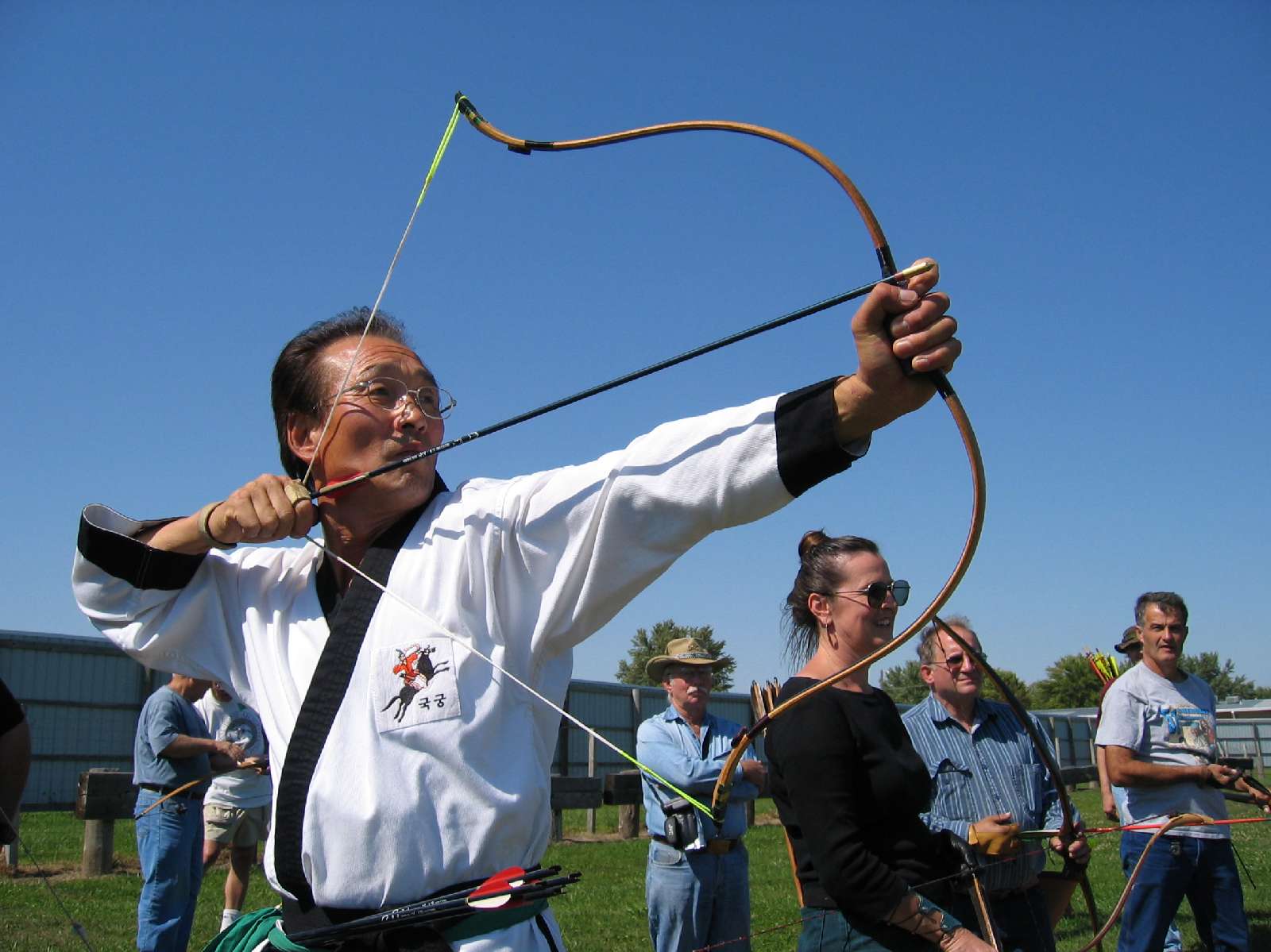
Mongol composite bows had another tactical advantage. In his book, Genghis Khan and the Making of the Modern World, the historian Jack Weatherford mentions that, while Mongol arrows could not be nocked into Russian bows, Russian arrows could be nocked into Mongol bows, possibly because of their smaller size or thinner bowstring. Either way, this utility would have greatly benefitted the Mongols, whose nomadic society lacked the manufacturing power to replenish their own weaponry.
Superweapons?
Mongol cavalrymen took good care of their bows and horses. In contrast to many European societies where weapons were produced on a mass scale by specialized shops and distributed by the army, every Mongol made their own bow and crafted their own arrows, keeping them under their clothing to protect them from the elements. They also brought multiple horses per person so as not to overburden the animals on long journeys, helping keep the warriors and animals prepared for battle.
Even if Mongol bows and horses were as powerful as eyewitness accounts would have us believe, historians tend to refrain from calling them “superweapons” akin to, say, the Greek fire that incinerated the Umayyad Caliphate in the Bay of Constantinople, or the steel swords the conquistadores relied on to cut through the Aztec and Inca empires.
